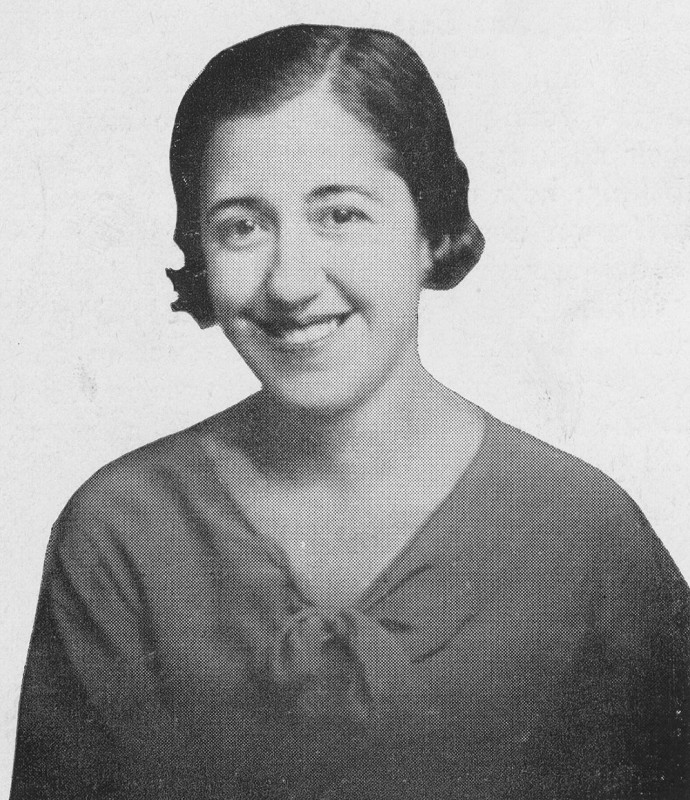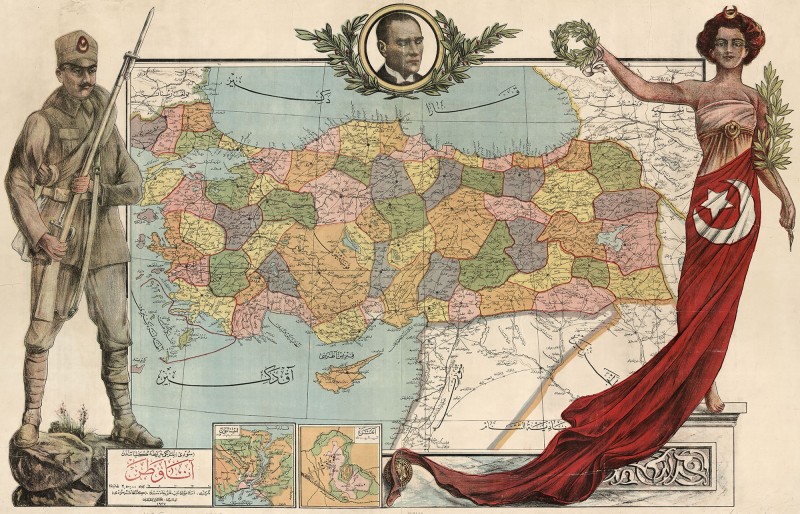1925 - 1930
From Near East Relief to Near East Foundation
The Board appointed a Survey Commission to identify locations in need of continued assistance. The orphans that were small children when Near East Relief began its work were now young adults seeking a livelihood. Upon the Survey Commission’s recommendation, Near East Relief began to focus on practical education in an effort to create sustainable societies.
Greek Macedonia was a natural laboratory for Near East Relief’s transitional projects. Nearly two thirds of the 1.1 million ethnic Greeks that had left Asia Minor had settled in Macedonia. By 1929, approximately 9,000 former Near East Relief orphans had been “out-placed” to farming communities in rural Greek Macedonia. Using the former orphan population as a nucleus, Near East Relief implemented a rural education program that grew to include refugees and native populations.



